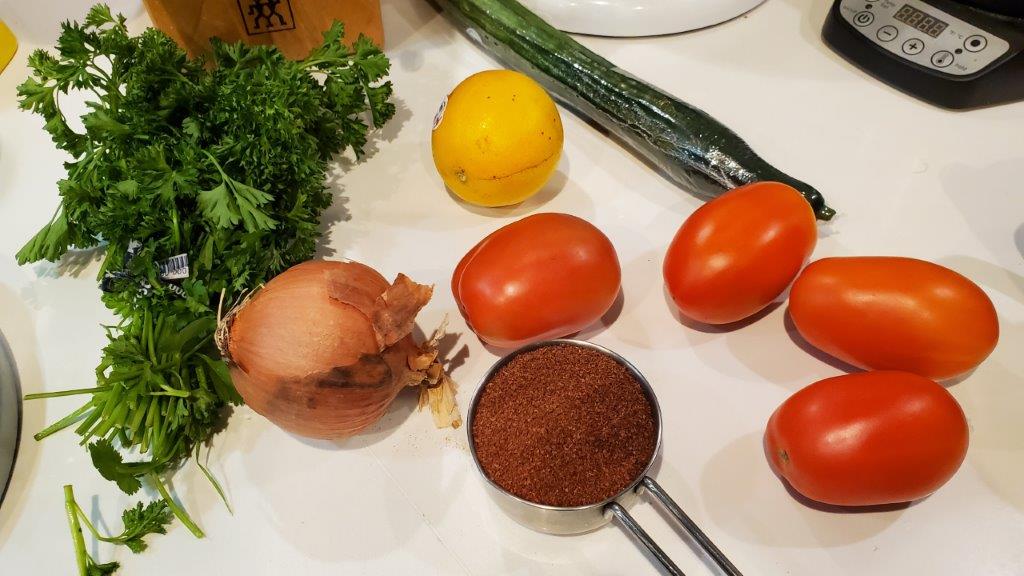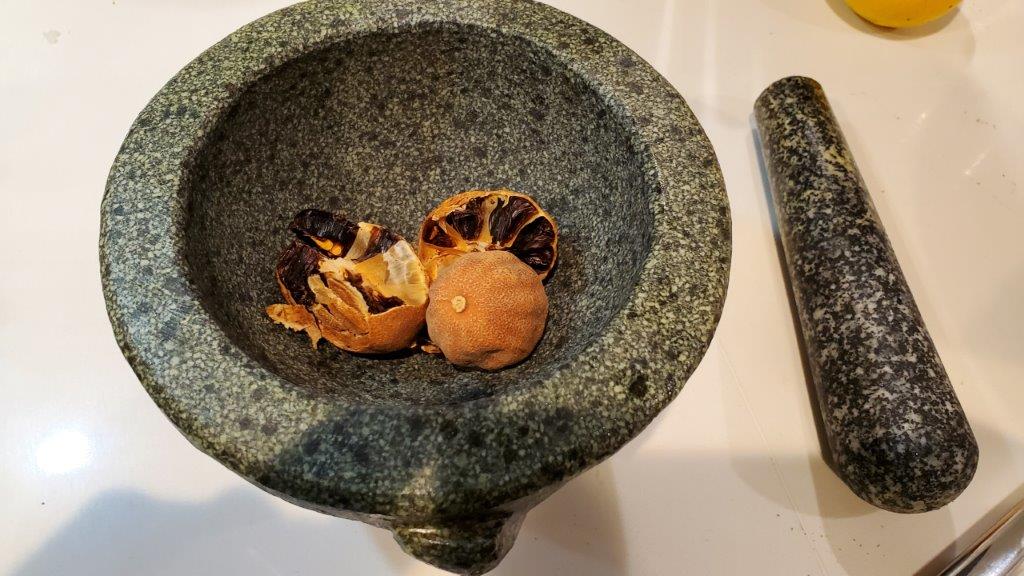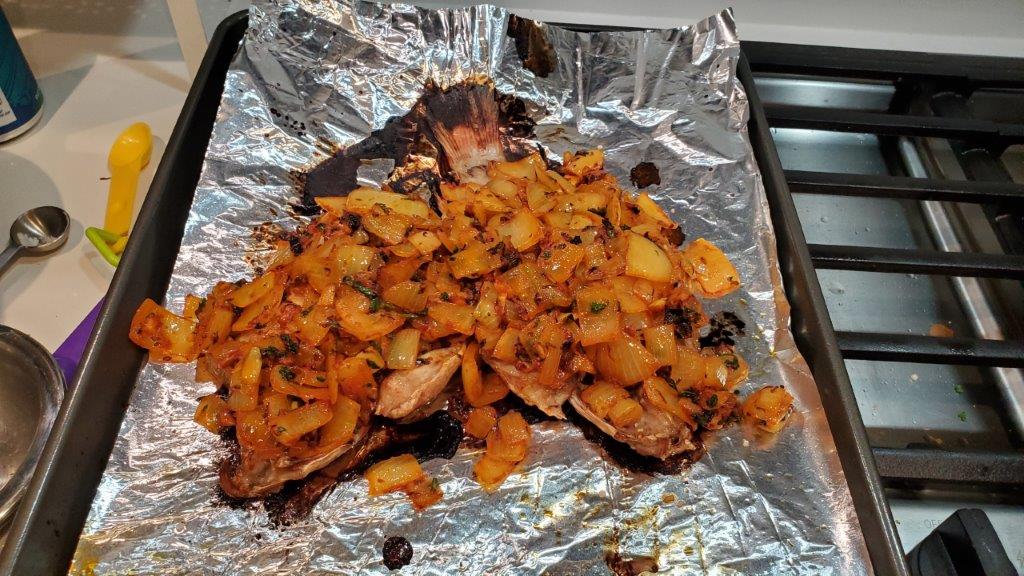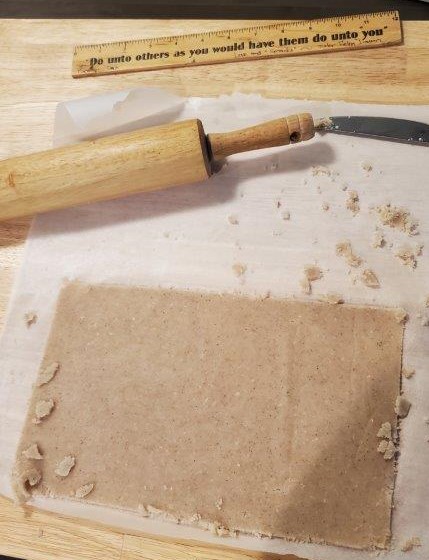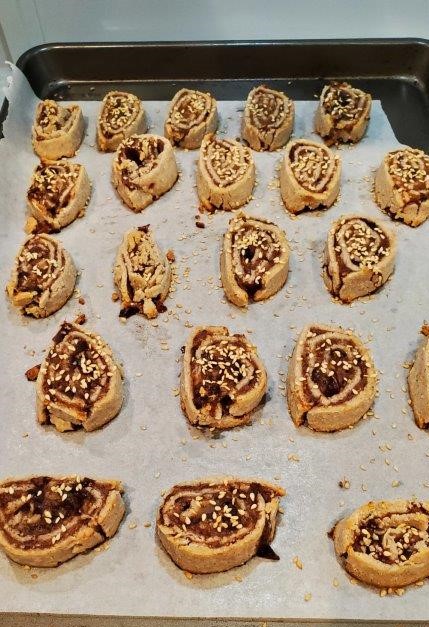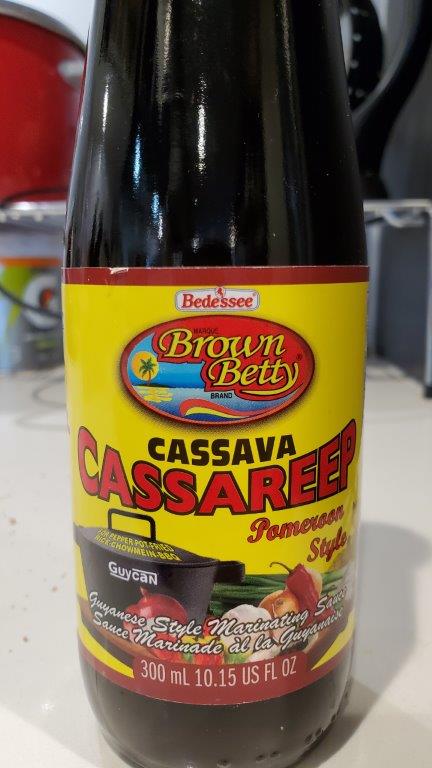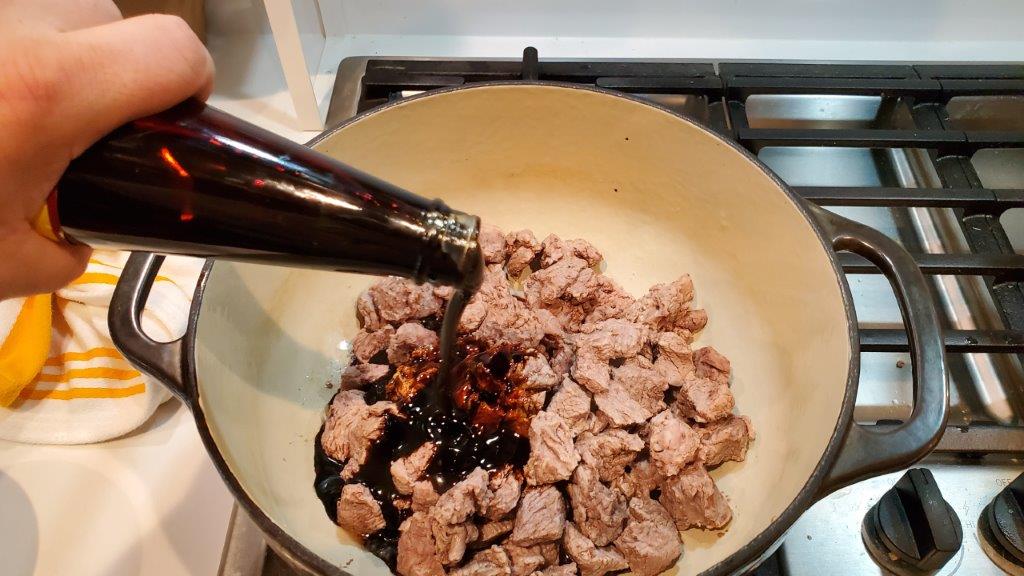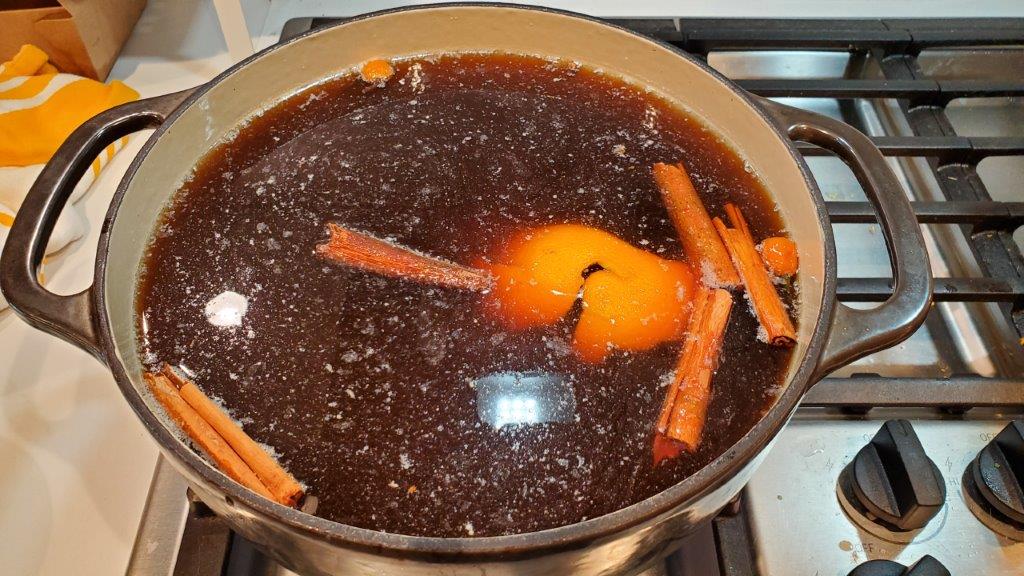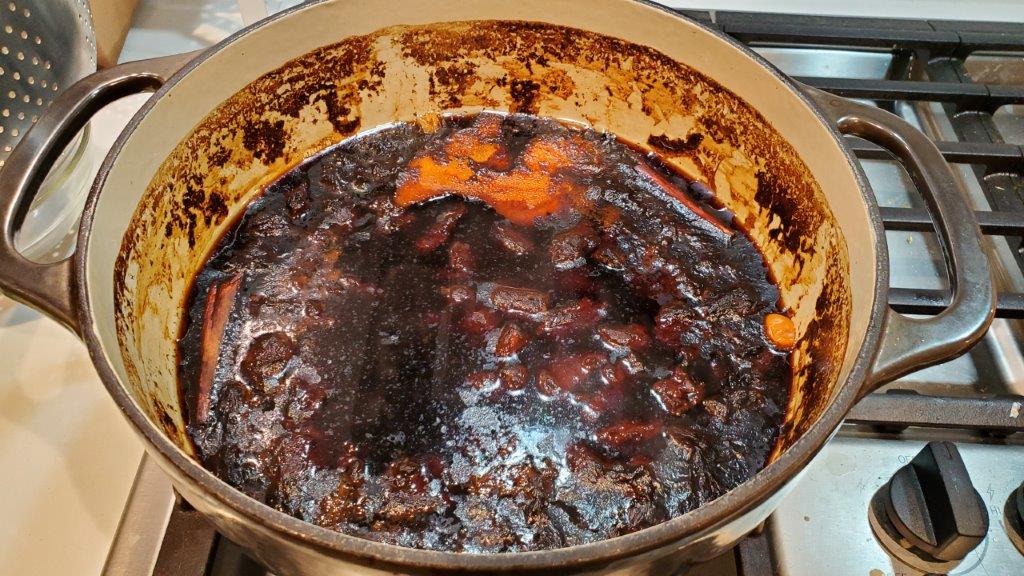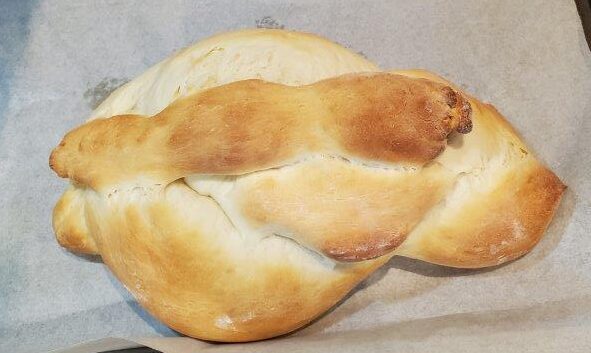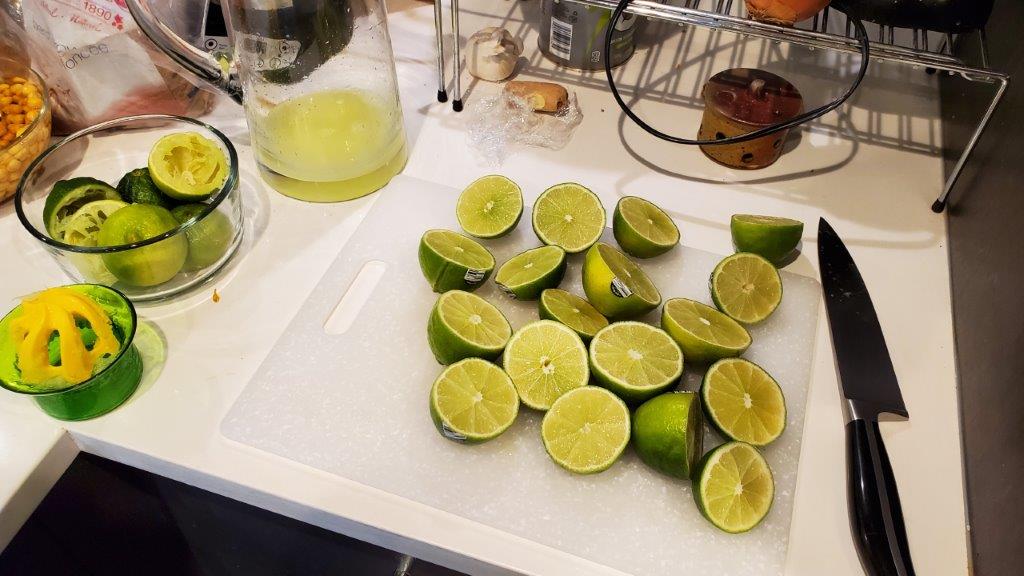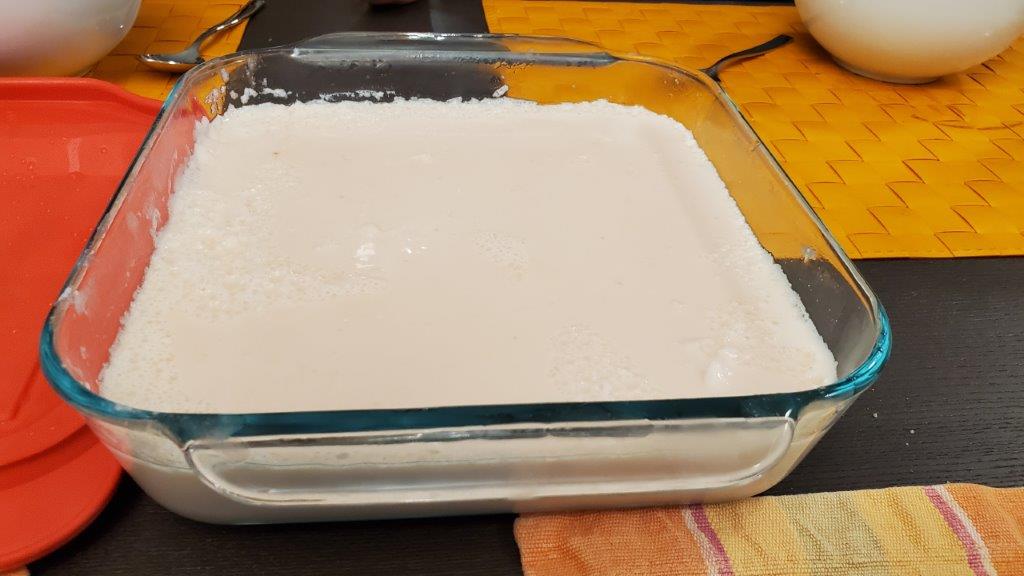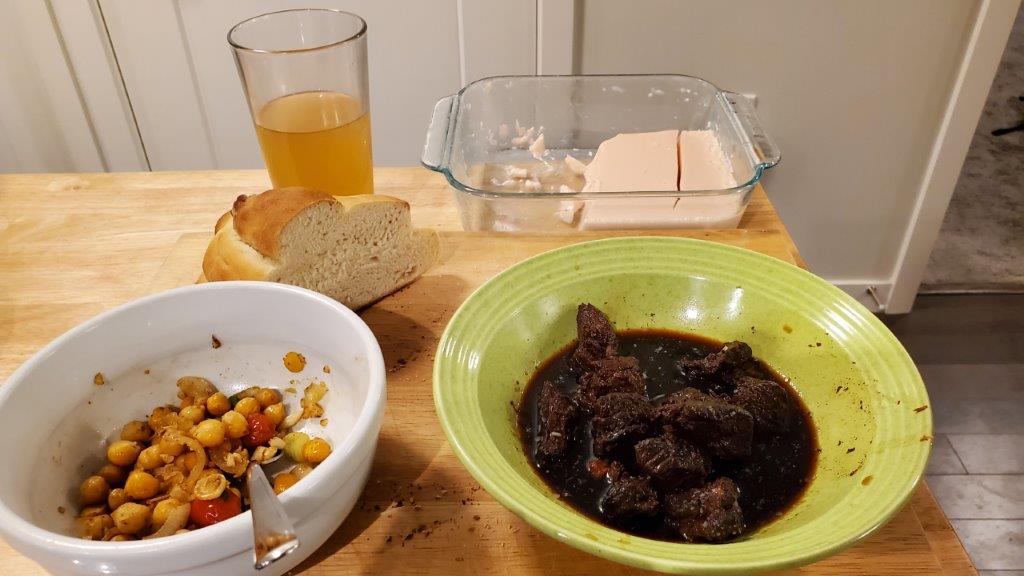Despite having NAMES that are only one letter off, Iraq and Iran are actually quite different countries. They have different primary languages, for starters, and were actively at war as recently as the 1980s.
Iraq has an acknowledged national dish, masgouf. We are going to have to approximate this rather than making a fully accurate version, for a number of reasons.
Reason 1 – no access to apricot logs.
Reason 2 – no ability to (legally) set things on fire in downtown Vancouver.
Reason 3 – no access to carp.
In case you haven’t inferred it by now, masgouf is carp, grilled for 1-3 hours over apricot wood. Traditionally, the carp would be harvested directly from the Tigris and Euphrates rivers, but given the amount of bloodshed in the country, combined with the fact that carp are bottom feeders, there’s actually now a fatwa in effect prohibiting the consumption of wild caught carp from much of Iraq.
Fortunately, carp are pretty easy to farm. Saddam Hussein had a private pond stocked, so he could indulge his masgouf craving. Of course, locating this pond was part of the trail that lead to his capture, so maybe don’t do that if you’re a bloodthirsty dictator on the run from the authorities.
Possibly as a result of this advice, this type of carp are not easy to locate in Vancouver. You can find grass carp, but that’s a different fish entirely. So we opted for tilapia, another mild, freshwater fish that is readily available in Asian markets.
Since I’ve been going to aforementioned Asian markets more often, I’ve gotten better about walking right up to the live fish tank and saying “please murder that one for me.” The staff at these places is also great about scaling and filleting the fish if you ask, and they are MUCH better at it than I am. However, I did encounter a bit of incomprehension at first when I asked for the fish to be butterflied, rather than simply gutted. I’m not sure if the clerk truly didn’t understand me, or just didn’t WANT to understand me, since butterflying a fish is a lot more work, but he eventually agreed to do it, and I came home with this bad boy.

Before I talk about what happened next with the fish, I need to talk about the salad. We had picked out a simple sumac salad, consisting of tomatoes, cucumbers, onions, parsley, and a LOT of ground sumac. This is an ingredient I am accustomed to adding by the teaspoon. The recipe called for half a cup.
That’s a LOT of sumac. That’s also an ENGLISH cucumber, but the Persian market I went to for the sumac didn’t have any other kind. Neither did anyone else. Supply chain issues? Who knows.
But why did I need to divert here from our fish story? Well, because before putting the fish in a 500° F (!!!) oven, you’re supposed to squeeze some lemon juice and salt over it. And that’s a lemon in the picture. Right? It must be a lemon. It’s yellow, innit?
So I cut it in half and squeezed it over the fish, then gave the lemon carcass to Leigh, who likes to eat limes and lemons out of hand.
At which point we discovered there’s such a thing as a sweet Persian lime.
Sweet Persian limes aren’t all that sweet, but they definitely AREN’T sour, either, so the fish was hastily yanked back out of the oven and doused with some lemon juice out of a bottle.
OK, fish back in Hephaestus’s forge, it was time to make a topping. For this, we start with onions and garlic, because of course we do. I’m not even going to include the picture – please see the other 50 entries on this blog that include a picture of onions and garlic cooking. I’ve decided the absolute most unusual food practice in the world isn’t Sardinian maggot cheese or live crickets – it’s the Jainists in India who don’t eat onions and garlic, because my goodness everyone else does.
Also, Sardinian maggot cheese is a real thing. We’re not making it.
Anyway, in addition to onions and garlic, we need to return to that big bag of dried limes we bought for Iran, and break them up for the black pulp inside.
Smashy smashy!
The last thing we need is parsley, tomato paste, and curry powder. Now, when a recipe only says “curry powder” it makes me sad, because there are a MILLION possible curry powders. Fortunately, there are a bunch of recipes for Iraqi curry powder online. Unfortunately, they are all the SAME recipe cut and pasted a bunch of times, and we absolutely could not determine the source or authenticity of the recipe. Still, gotta use something.
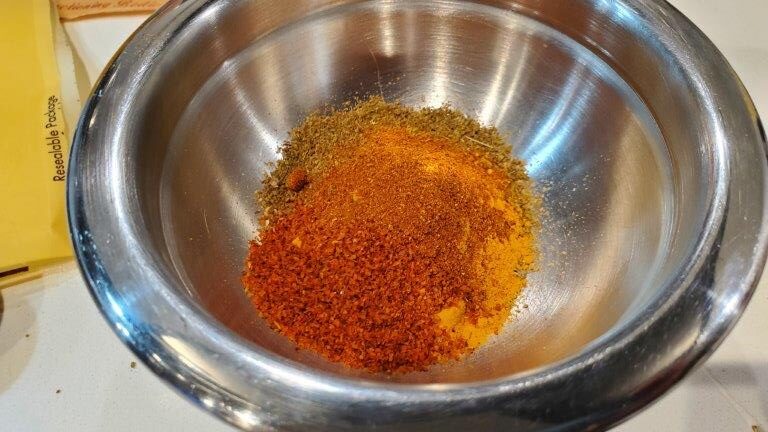
That’s coriander, cumin, turmeric, cayenne pepper, and paprika. Tasty, anyway.
All together, our fish topping now looks like this:
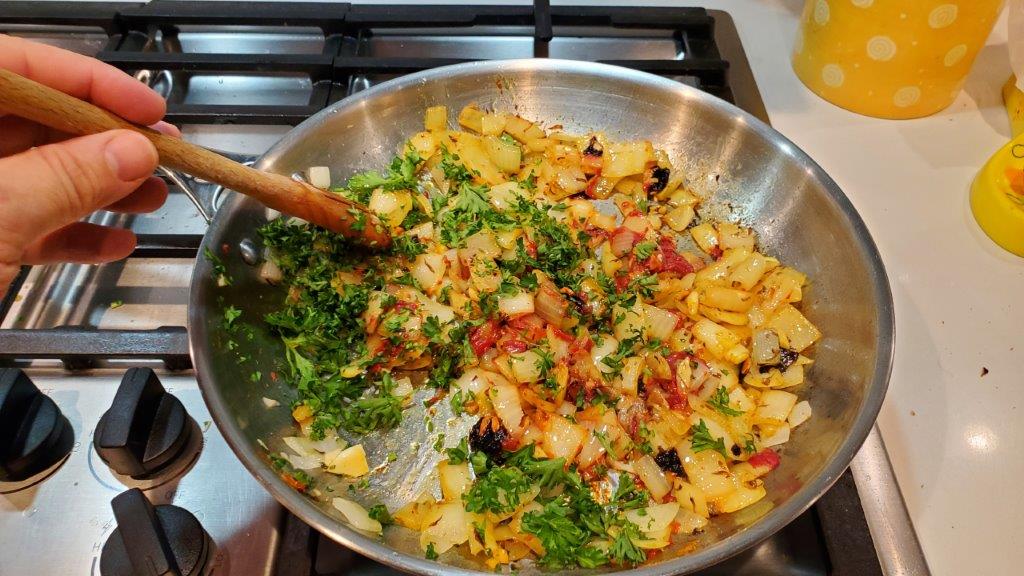
The fish cooks for a surprisingly long time, given the surface of Venus temperature. The recipe calls for 20 minutes with just the fish, and then another 15 with the topping spread on top. I was REALLY concerned we’d set off the smoke detector as a result of this, but we got away with it, and this was the result:
Trust us, there’s still a fish under all those onions.
For our sides, we had the salad, topped with an oil and vinegar dressing with another insane dollop of sumac powder, and vermicelli rice. This is made by first crushing up a handful of noodles and frying them like we did for our Egyptian kushari.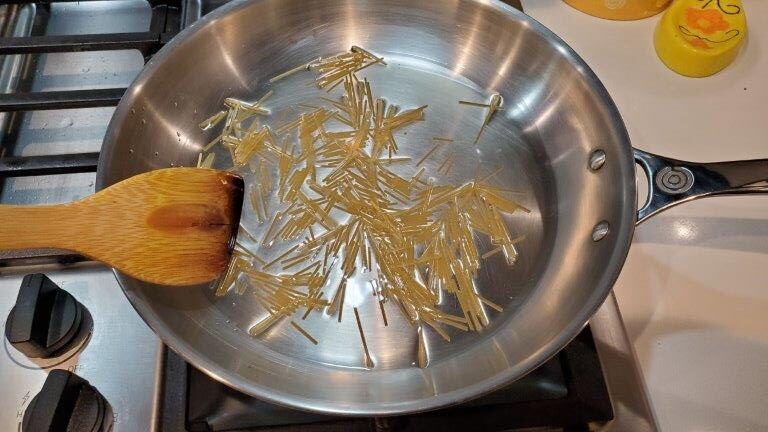
The noodles are then added to rice which is carefully cooked on the stove. No, who am I kidding – we used the rice cooker. Authentic? No. Do we care? Also no.
And here’s the final spread:
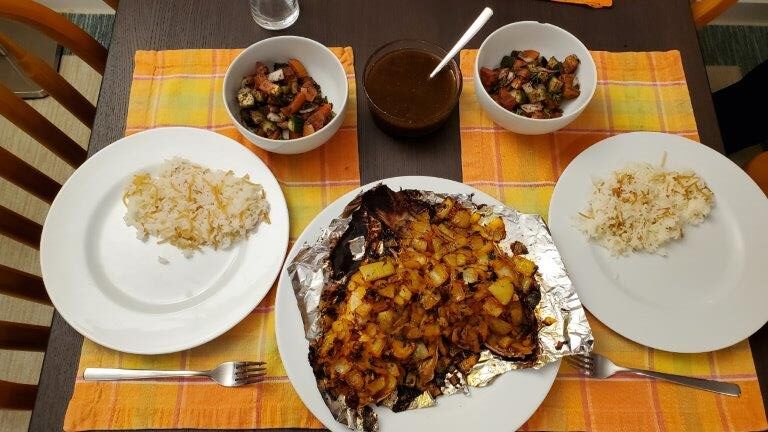
This was phenomenal. WELL worth the risk of an appearance by the Vancouver Fire Department. (And I’m sure if we’d given them some of the fish, they’d have agreed.) The topping was spicy and delicious, and the fish really benefited from its roasting in the depths of the inferno. The buttery rice and sour salad also acted as the perfect balancers.
But we did not stop there – we also made dessert! Kleicha are rolled cookies made with a sweet date filling. So first off, we needed dates. The Persian market had dates. Oh boy, did it have dates. The clerk found me staring at a WALL of at least seven different kinds of dates with a dazed look on my face trying to Google “best kind of dates for cookies.” She pointed me to a box of Mazafati, and those seemed to work.
Once you have your dates, you pit them and cook them down into a filling along with cardamom, cinnamon, and a little salt and water.
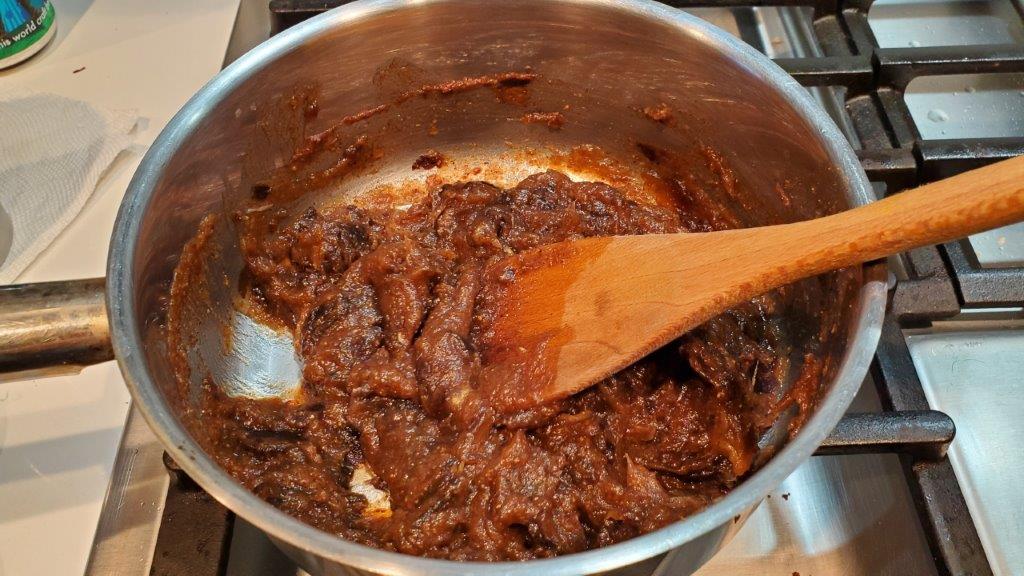
Then you make a soft dough with almond and rice flour, more cinnamon and cardamom, and some milk and coconut oil for fat. This gets rolled out.
The ruler is from a production I conducted of “Do Black Patent Leather Shoes Really Reflect Up?” It’s… fine. There are better shows. The ruler is also fine, but it doesn’t have metric, sadly.
At any rate, the filling gets spread on the dough, and then rolled into a log, which is chopped into cookies, topped with sesame seeds, and then baked.
They’re not perfect, but the spirals aren’t bad, either. And appearance aside, these are TASTY little suckers. Would make again. (Had better make again – still have half a box of dates.)
So, the cradle of civilization (well, one of them, anyway) turns out to have excellent food. They’ve certainly had lots of time to work it out, and they seem to have put it to good use.
Next up, Ireland!
Recipes:
Masgouf (oven baked fish)
Vermicelli Rice
Sumac Salad
Iraqi Curry Powder
Kleicha (date cookies)

